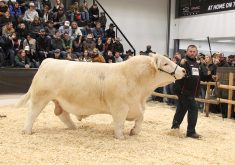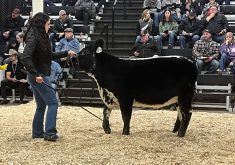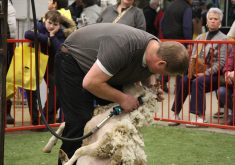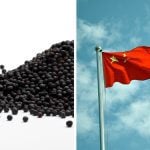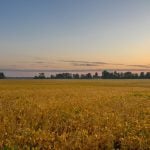Australian cow numbers have grown and stabilized after a drought a few years ago, and global demand for beef with stagnating supply has meant good prices there, as they are in Canada.
Bryce Camm, chair of Australia Beef, a similar event to Canadian Western Agribition, attended the show in Regina, Sask. recently. His family is involved in a feedlot in southern Australia and runs a large number of cows in northern Queensland.
“We join about 30,000 females a year and take a lot of those through to our feedlot down in the south and into a couple of beef brands as well,” he said during Agribition.
Read Also
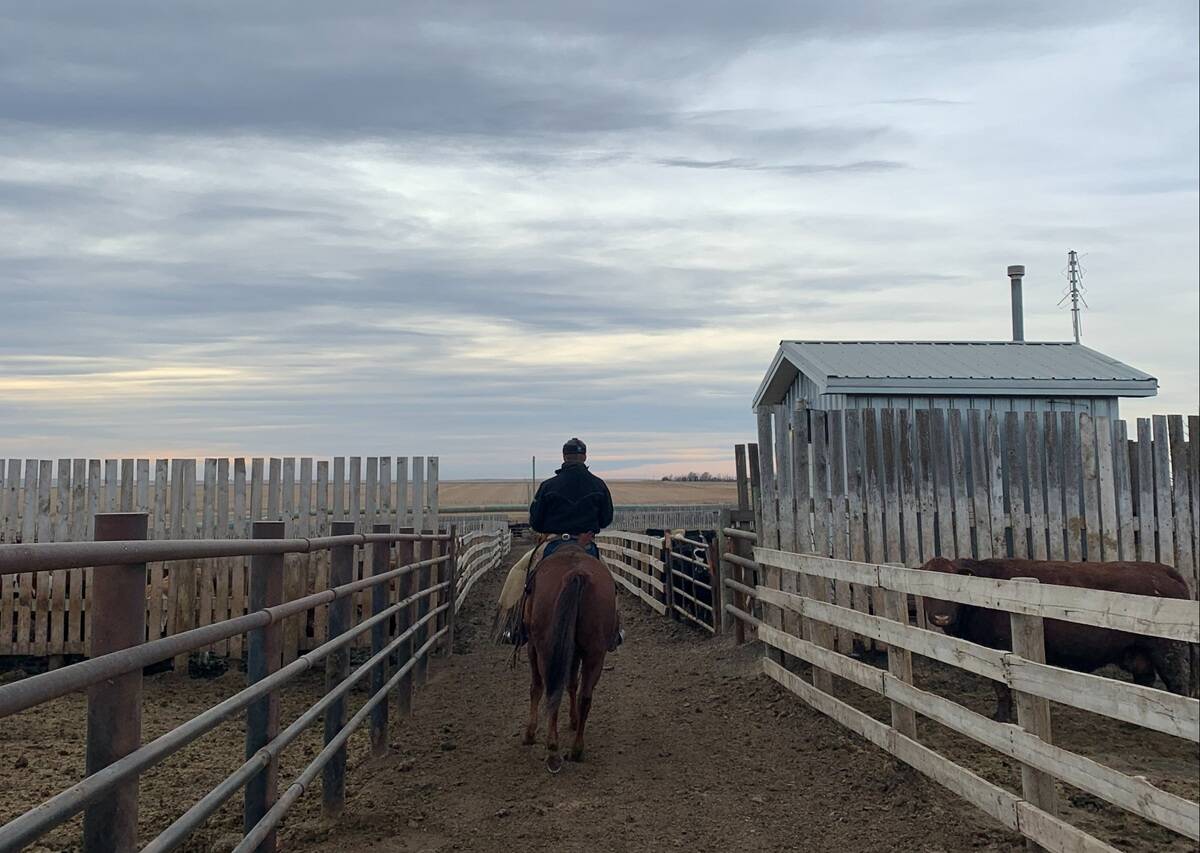
Pen riders still better than tech at detecting respiratory disease in feedlot cattle, says researcher
Recent research found that pen riders are better than tech at flagging signs of BRD in feedlot cattle
He says that unlike North America, the number of cows in Australia has been growing since a drought ended a few years ago. However, that growth has more recently leveled off.
The beef price is strong in Australia, says Camm, although not at the high of a couple of years ago.
“Prospects are pretty strong for global beef, particularly on the back of a declining U.S. cow herd,” he said.
Camm attended Agribition with Australia Beef chief executive officer Simon Irwin to learn from the Canadian event.
Agribition and Australia Beef both attract a similar number of people, are held in cities of similar size and have similar challenges, Irwin ways. That’s why the two shows have signed a memorandum of understanding to continue to work together.
Irwin says there’s no larger beef event than Australia Beef in the Southern Hemisphere, so he’s happy to come a similar-sized event at Agribition to learn.
Australia Beef has a large beef show, with more breeds than at Agribition, and it also has more focus on cooking demonstrations, concerts and community events than does Agribition.





